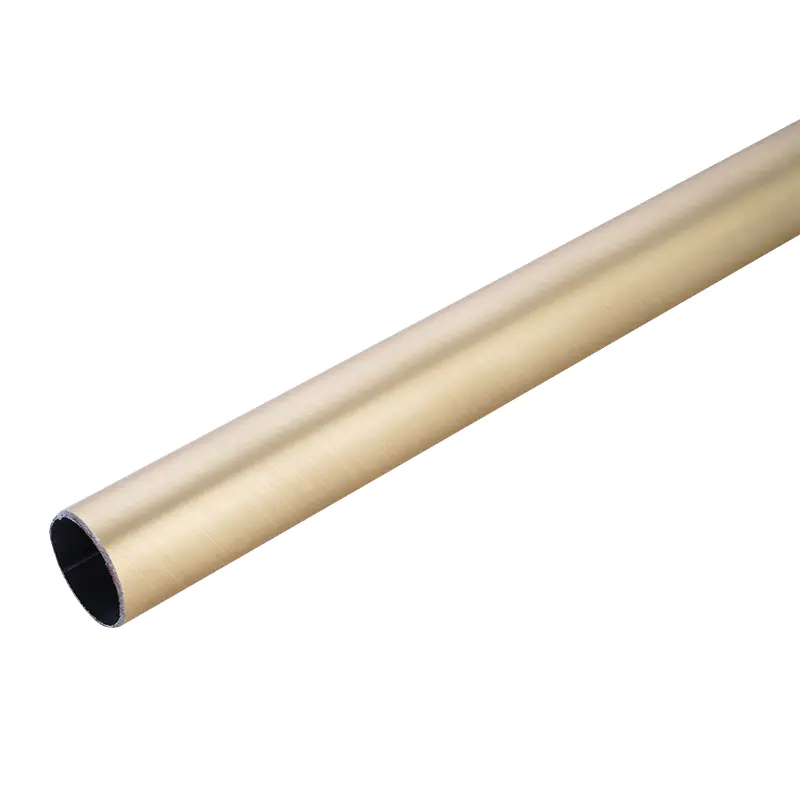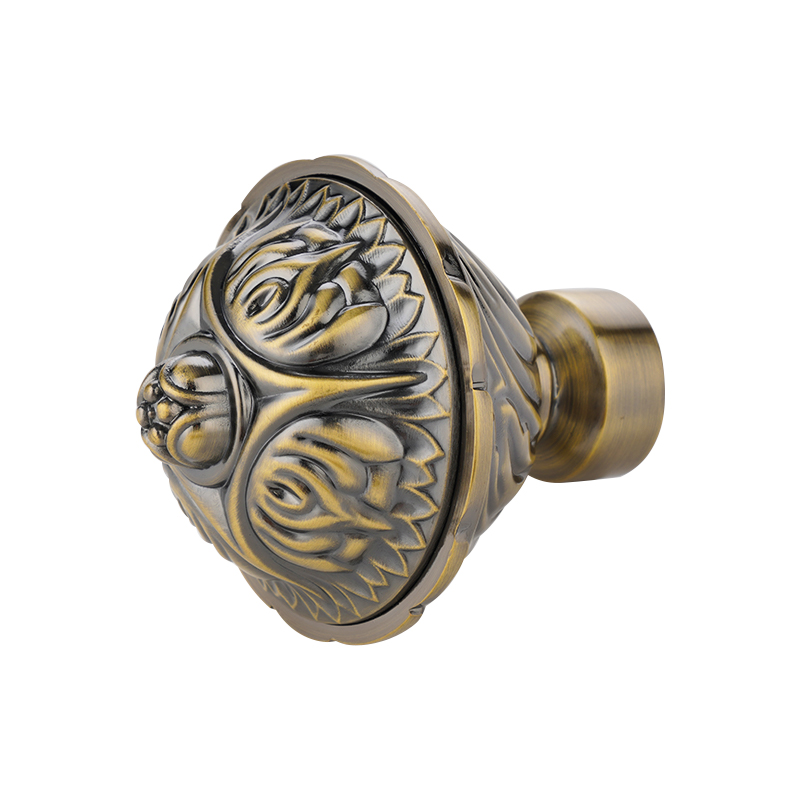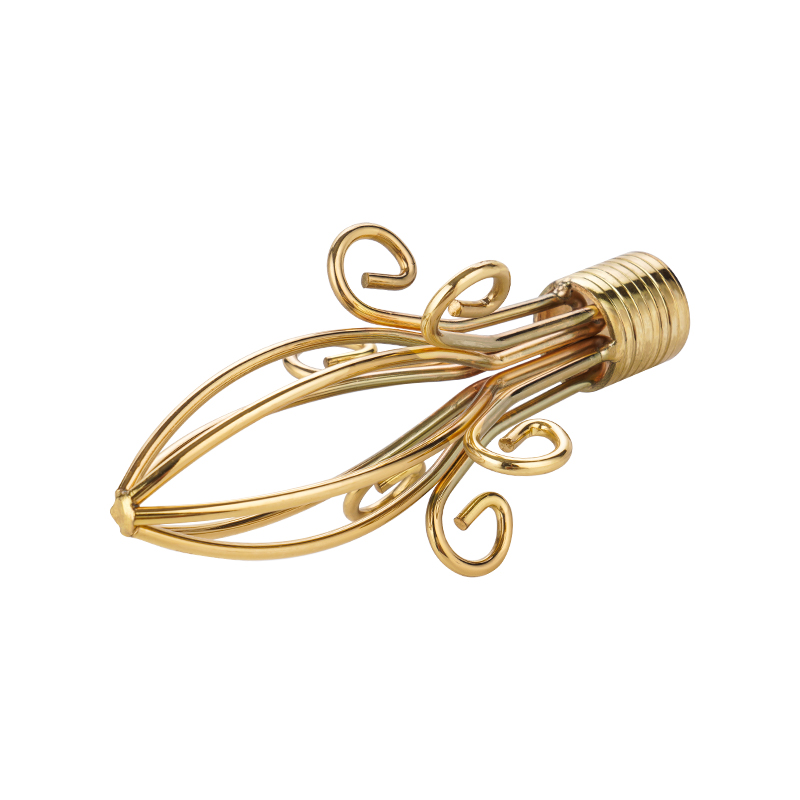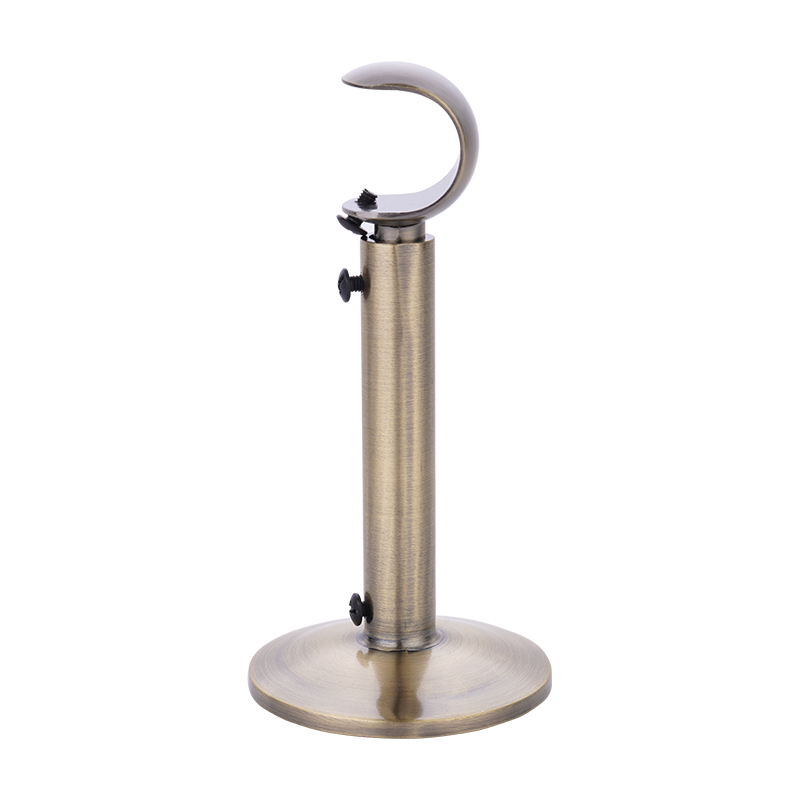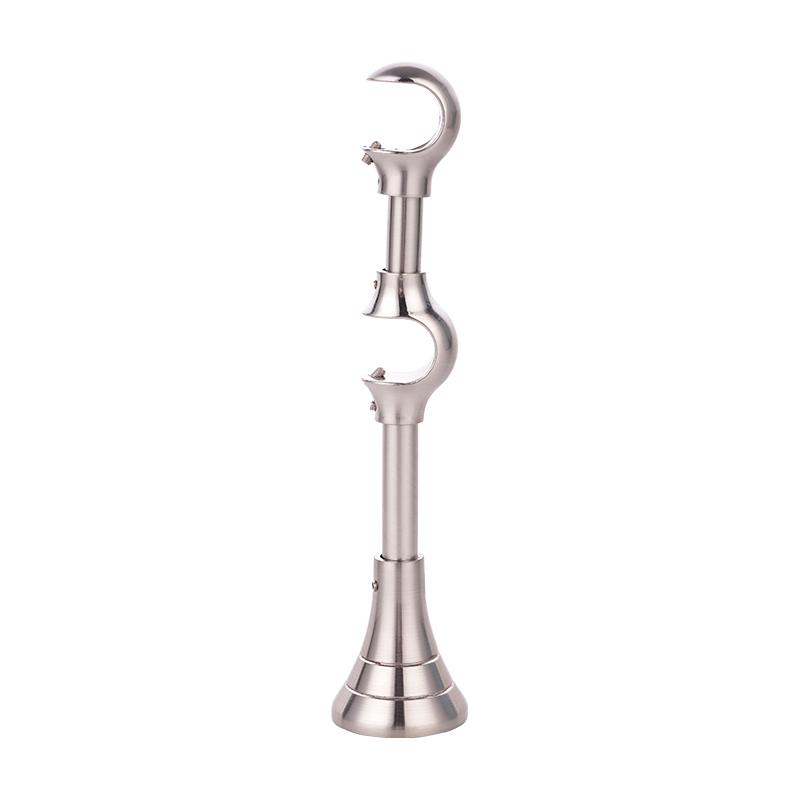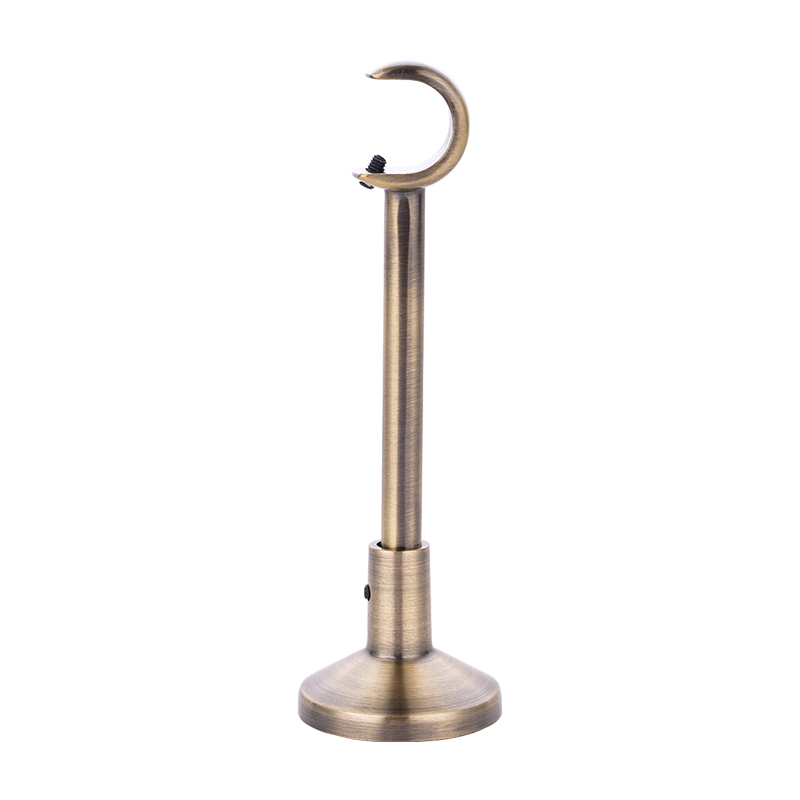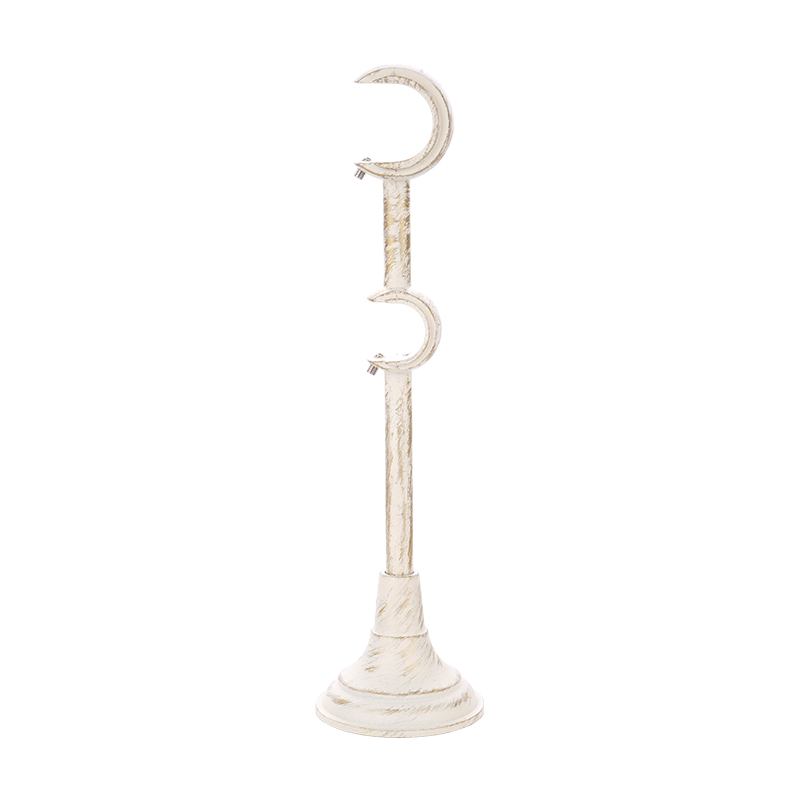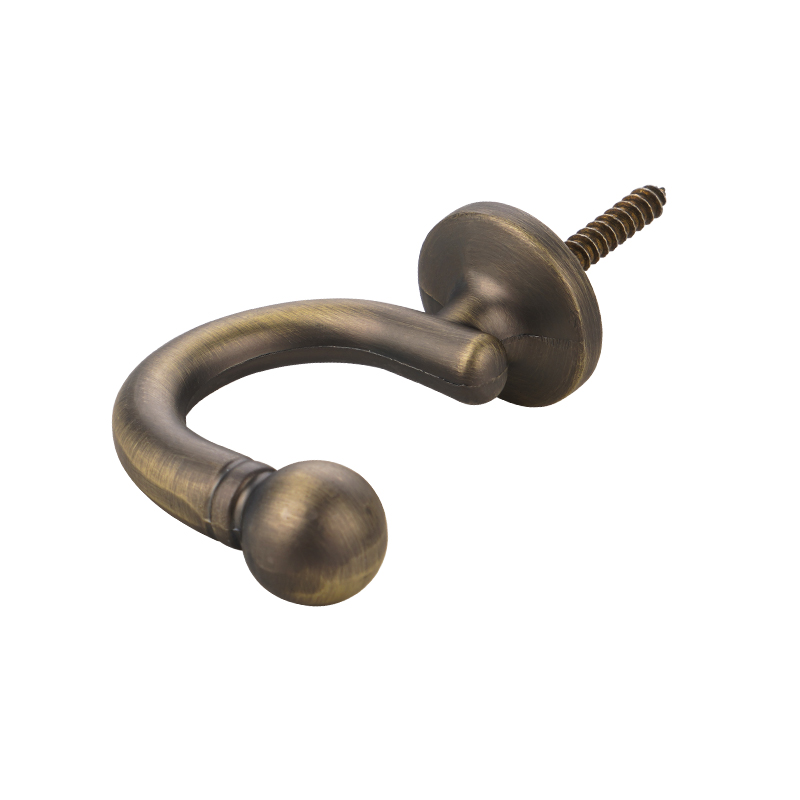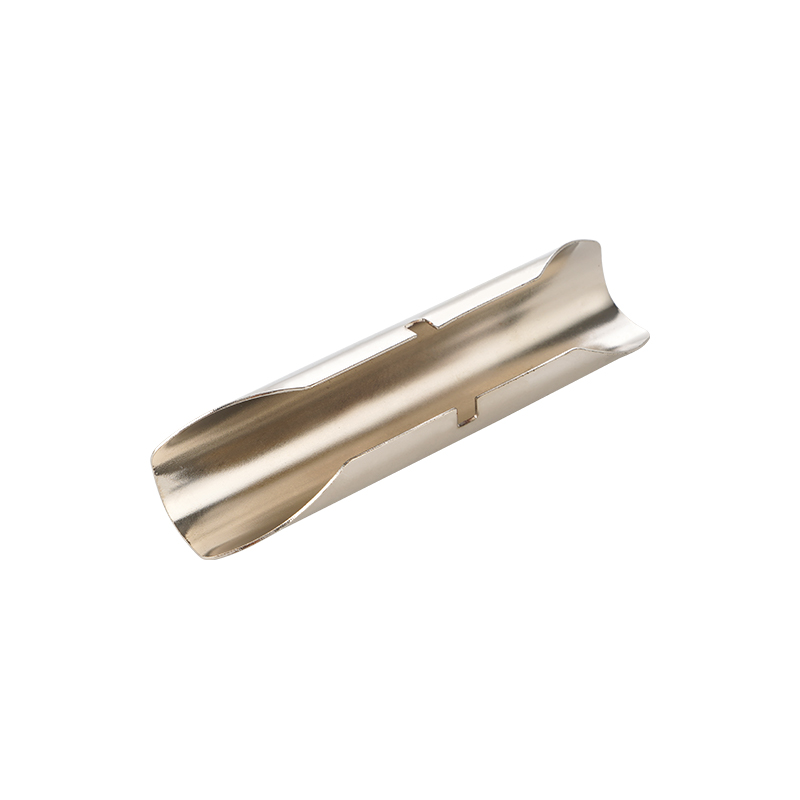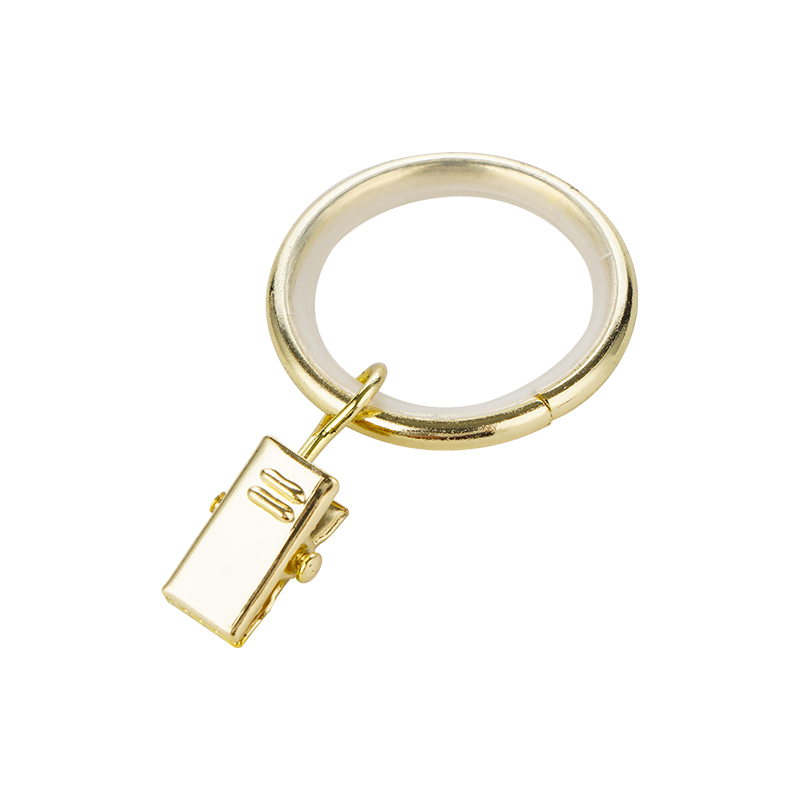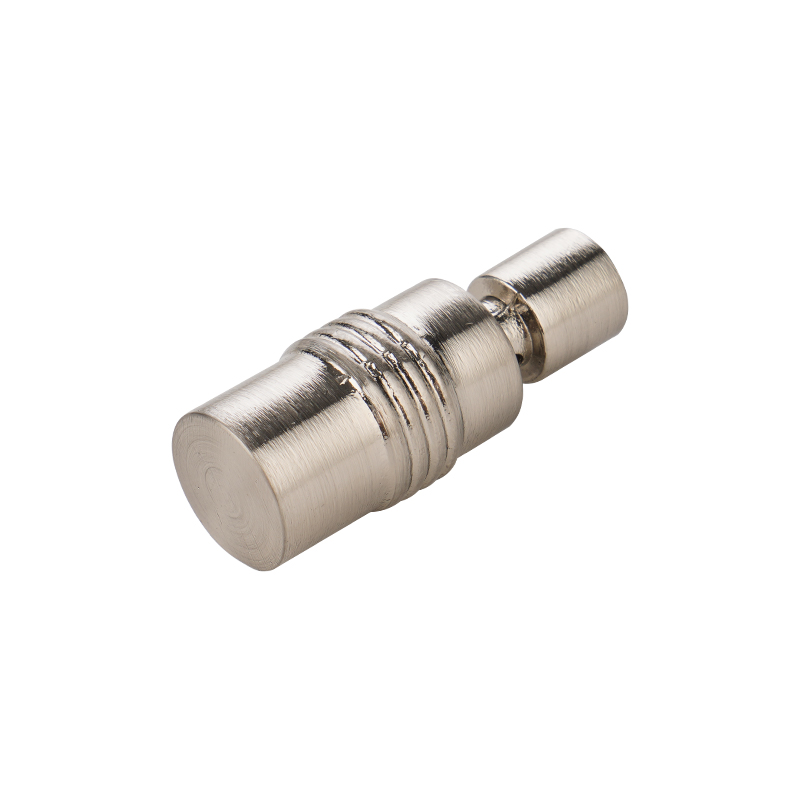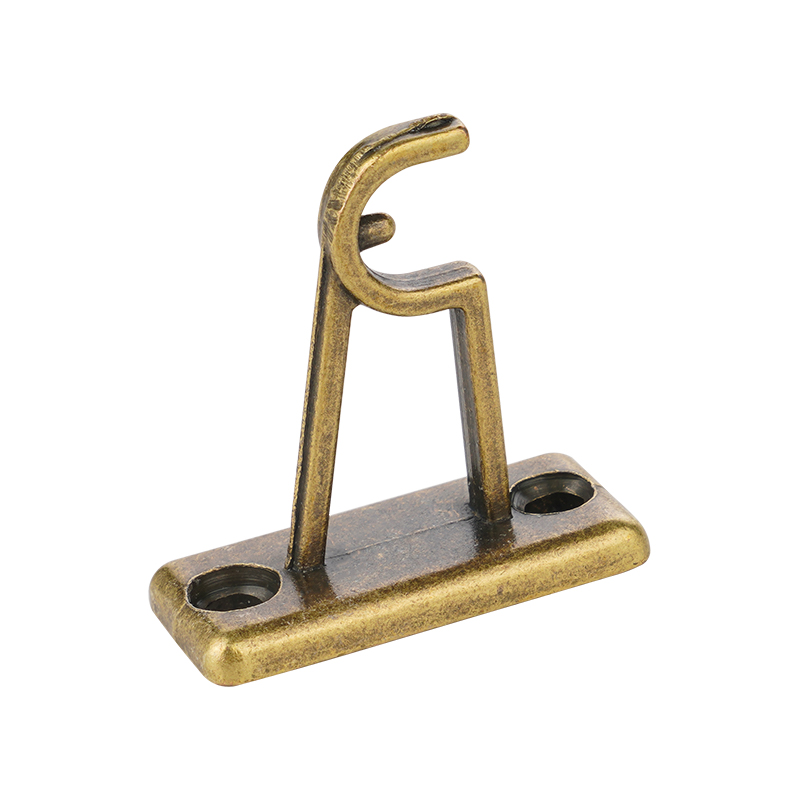Preparation for curtain finials installation
Before installing curtain finials, adequate preparation is the basis for ensuring the quality of installation. First, it is necessary to measure according to the size of the window and the specifications of the curtain finials to confirm the exact size of the installation location. Secondly, prepare the tools required for installation, such as electric drill, screwdriver, tape measure, level ruler and screws. Before installation, the overall condition of the curtain finials should be checked to confirm that there is no damage and defects. For different wall materials, it is very important to choose the right fixings, such as expansion bolts on concrete walls, and wood screws on wooden walls. Meticulous work in the preparation stage can provide guarantee for the smooth subsequent installation.
Detailed description of the installation steps
The installation of curtain finials usually starts with positioning, using a tape measure and a level ruler to mark the installation holes to ensure that the top decoration is level and centered. According to the marked position, use an electric drill to drill holes, and the hole diameter should match the expansion bolts or screws. Then install the fixings on the wall or window frame to ensure stability. Next, align the curtain finials with the fixing position and fix them with screws. When fixing, force should be applied evenly to avoid deformation or loosening of the top decoration due to over-tightening or over-loosening of the screws. After installation, the overall firmness and appearance should be checked to confirm that the top decoration is installed straight and correctly and the screws are evenly tightened.
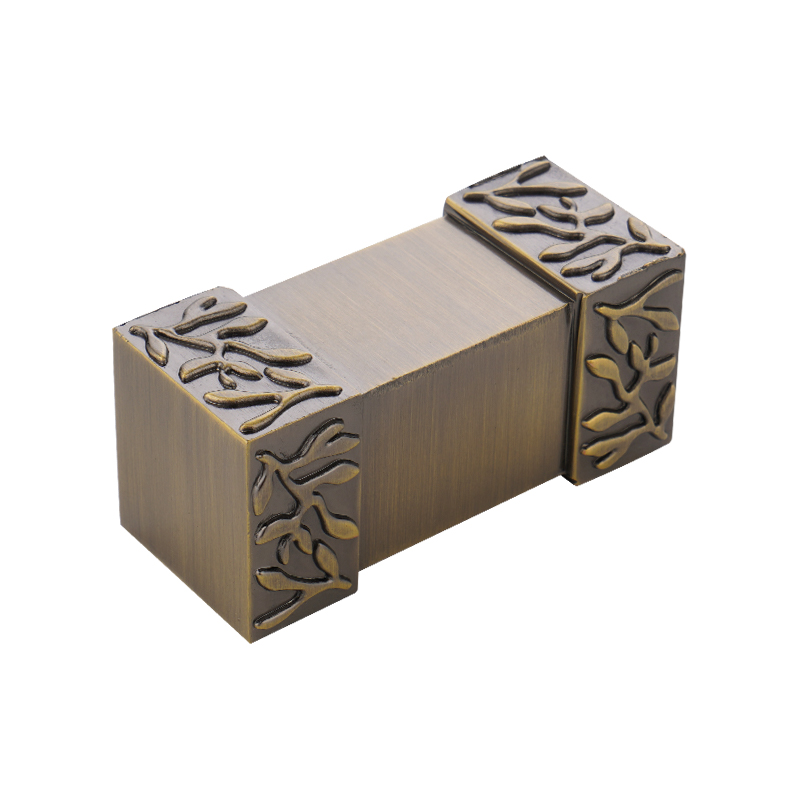
The influence of wall material on installation method
Different wall materials have a great influence on the installation method of curtain finials. Concrete and brick walls usually need to be pre-drilled and fixed with expansion bolts to ensure bearing capacity and safety. Wooden walls can be fixed directly with wood screws because of their soft material, but the length and diameter of the screws need to be reasonably selected according to the weight of the top decoration. Lightweight partition walls such as gypsum board walls require special expansion screws or hooks during installation to prevent wall cracking and top decoration falling off. Understanding the characteristics of the wall and choosing suitable installation accessories and processes are important conditions for ensuring the stability of curtain finials.
Safety matters that need to be paid attention to during installation
When installing curtain finials, safety issues cannot be ignored. Operators should wear safety gear, such as gloves and goggles, to avoid injuries caused by tool operation. When using electric drills and other power tools, make sure that the power supply is in good condition and the operation is stable to avoid accidents caused by improper operation. During the construction process, ensure that the work area is clean and tidy to avoid the risk of tripping or slipping. For work at height, a stable ladder or scaffolding should be used and assisted by personnel. If the wall structure is complex or the fixing is difficult during the installation process, the work should be suspended and professional help should be sought.
Inspection and maintenance suggestions after installation
After the curtain finials are installed, a comprehensive inspection is required to confirm that the ceiling fixings are not loose and the installation position is level and firm. Check the surface of the ceiling for damage or scratches to ensure the overall appearance. It is recommended to check the installation site regularly, especially after a period of use, to observe whether the fixings are loose or show signs of corrosion. If problems are found, the relevant accessories should be reinforced or replaced in time. In addition, during daily cleaning, be careful to avoid using highly corrosive detergents to prevent damage to the ceiling surface and fixings and extend their service life.
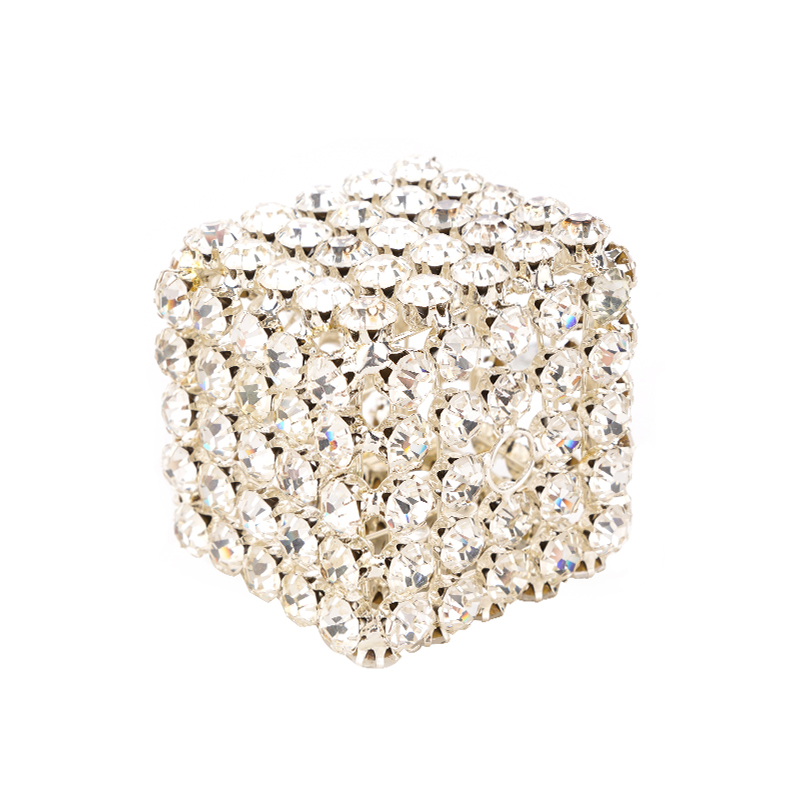
Installation characteristics of different types of curtain finials
The installation method of curtain finials varies depending on the material and design style. Wooden ceiling decorations are usually heavy and require a more stable fixing structure. Special attention should be paid to the wall's load-bearing capacity during installation. Metal ceiling decorations are hard in material, so installation holes should be reserved during installation to avoid surface damage caused by improper drilling. Plastic or composite ceiling decorations are light in weight and more flexible during installation, but it is necessary to prevent the screws from cracking due to overtightening. The installation of fabric ceiling decorations usually relies on the hanging rail system, and it is necessary to ensure that the hanging rail is firmly connected to the wall. Choosing a suitable installation solution for different ceiling decoration characteristics will help improve the installation effect and user experience.
Common problems affecting the installation quality of curtain finials
During the installation process, you may encounter problems such as crooked ceiling decorations, loose fixation, wall cracks, or falling off of fixings. The crooked ceiling decoration is mostly caused by inaccurate positioning or failure to use a level ruler during installation. Loose fixation may be caused by improper selection of fixings or loose screws. Wall cracks often occur when drilling is not standardized or the wall material is fragile. The falling off of fixings may be caused by improper installation technology or insufficient wall bearing capacity. For these common problems, you should make full preparations before installation, strictly follow the specifications during installation, and conduct detailed inspections after installation to ensure the safety and beauty of the ceiling decoration.
Development trend of modern installation technology
With the advancement of home decoration and installation technology, the installation methods of curtain finials are also constantly innovating. In recent years, non-destructive installation technologies such as special hooks, adhesive strips and magnetic devices have been used to reduce damage to the wall and improve installation convenience and beauty. At the same time, the development of smart home systems has prompted some curtain finials to be installed in conjunction with automatic curtains to achieve remote control and intelligent adjustment. The continuous advancement of installation technology has not only improved installation efficiency, but also enriched the functions and usage experience of curtain finials, bringing more choices to users.
| Installation Aspect | Description | Recommendations |
|---|---|---|
| Preparation | Accurate measurement and tool readiness | Measure carefully, select proper tools and fasteners |
| Positioning | Marking drill points and ensuring level installation | Use level tools and mark precisely |
| Wall Material | Different wall types require different fixing methods | Choose suitable fasteners for concrete, wood, or drywall |
| Safety Precautions | Use of protective gear and safe tool operation | Wear gloves, goggles, use stable ladders |
| Post-installation Check | Confirm firmness and surface condition | Inspect for loose screws and surface damage |
